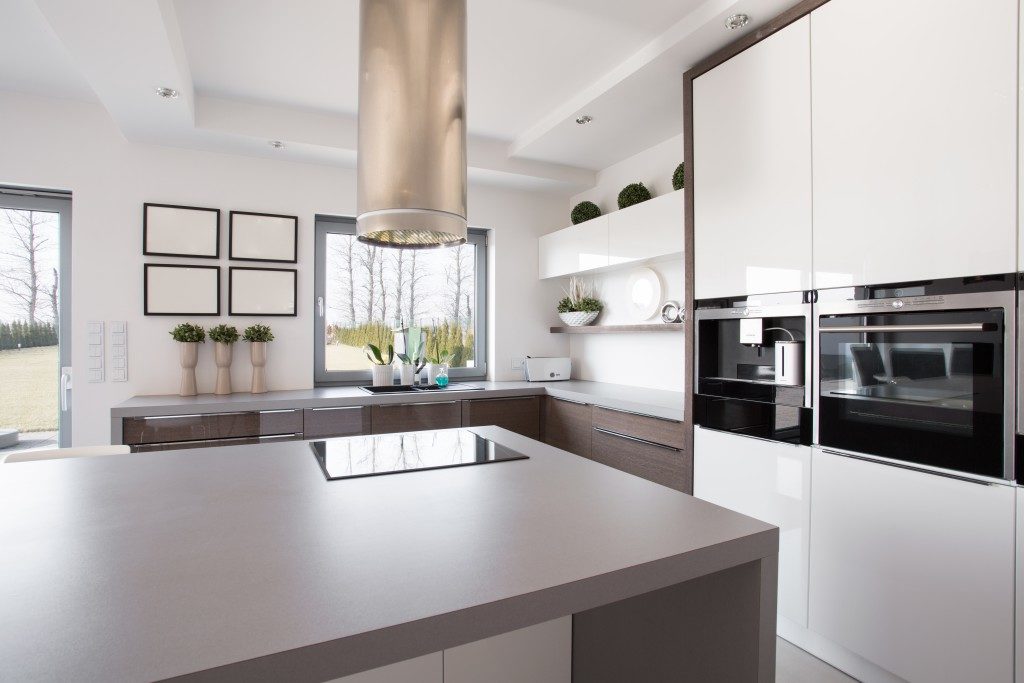A study room where your child can focus on schoolwork is essential. It’s a space where they can get away from distractions and focus on their studies. The space should allow them to concentrate and be comfortable to work efficiently.
If you’re a parent planning to build a study room for your child, you want to ensure that it’s conducive to learning and studying. Here are some things to consider when planning and building a study room for kids:
Location
When creating a study space for kids, location is one of the most essential considerations. The best spot for a study room is away from high-traffic areas of the house, where there will be minimal distractions. It should also be sufficiently far from bedrooms to help kids focus on their work and avoid the temptation to take a nap!
Some parents choose attics or basements to build their child’s study room, while others repurpose a spare room or office. If you’re tight on space, you can consider setting up a study nook in a quiet corner of the house.
The size of the room
When creating a study area for children, one of the most crucial aspects is the room’s size. Having enough space for kids to move around and spread out their materials is essential, but you don’t want the room to feel too overwhelming or cluttered. A good rule of thumb is to start with a blank canvas – that way, you can tailor the space to your child’s specific needs and add storage as needed. Overall, the room should be able to accommodate a desk, a comfortable chair, and any other furniture or materials that your child might need.
Lighting

Another important consideration when creating a study space for kids is lighting. The room should have ample natural light during the day. If possible, it should also have good artificial lighting for nighttime studying. Good lighting is vital for helping kids focus and preventing eye strain.
So how can you ensure good lighting? One effective way is to install framed glass roof lights. That way, you can let in natural light during the day while also having the option to add artificial lighting at night. Plus, it’s a great way to save on energy costs!
Ventilation
Ventilation is another important consideration when creating a study space for kids. The room should have good airflow to help kids stay comfortable and avoid stuffiness. Good ventilation is also important for preventing the spread of germs.
One way to ensure good ventilation is to install an exhaust fan in the room. That way, you can keep the air fresh and circulate it throughout the space.
The type of furniture
A study room should have the right furniture to help kids focus and be comfortable. As mentioned, your child will need a desk and a comfortable chair. But you also want to ensure that the furniture is the right size for your child. The desk, for example, should be comfortable for your child to sit at and work.
In addition, you’ll want to consider the type of storage you’ll need in the room. For example, you might want to add a bookshelf or some cabinets to store your child’s materials. Overall, you want to ensure that the room has enough storage to keep it organized and clutter-free.
Color scheme
If you’re planning on building a kids’ study room, you’ll need to think about the color scheme. The colors you choose will significantly impact the overall look and feel of the room, so it’s essential to choose wisely. Here are a few things to keep in mind when choosing a color scheme for your kids’ study room:
- Think about the mood you want to create. Do you want the room to be calm and relaxing or lively and energetic? The colors you choose will play a big role in setting the tone.
- Consider the age of your children. Younger children may prefer brighter, more vibrant colors, while older children may prefer more subdued tones.
- Keep in mind that certain colors can help promote concentration and focus. For example, studies have shown that blue can help people to stay calm and focused. If promoting concentration is a priority for you, then you may want to consider using blue as one of your main colors.
- Don’t be afraid to experiment. You can always repaint if you don’t like the way the colors look once they’re up on the walls. So go ahead and try out different combinations until you find something you love!
Final thoughts
Building a study room can be an exciting project. Take these factors into consideration to ensure that your child has the perfect space for learning and concentration. Try to ask them for some inputs too so they will be more motivated to study in their new room. Creating the best environment for them is the key to success!



